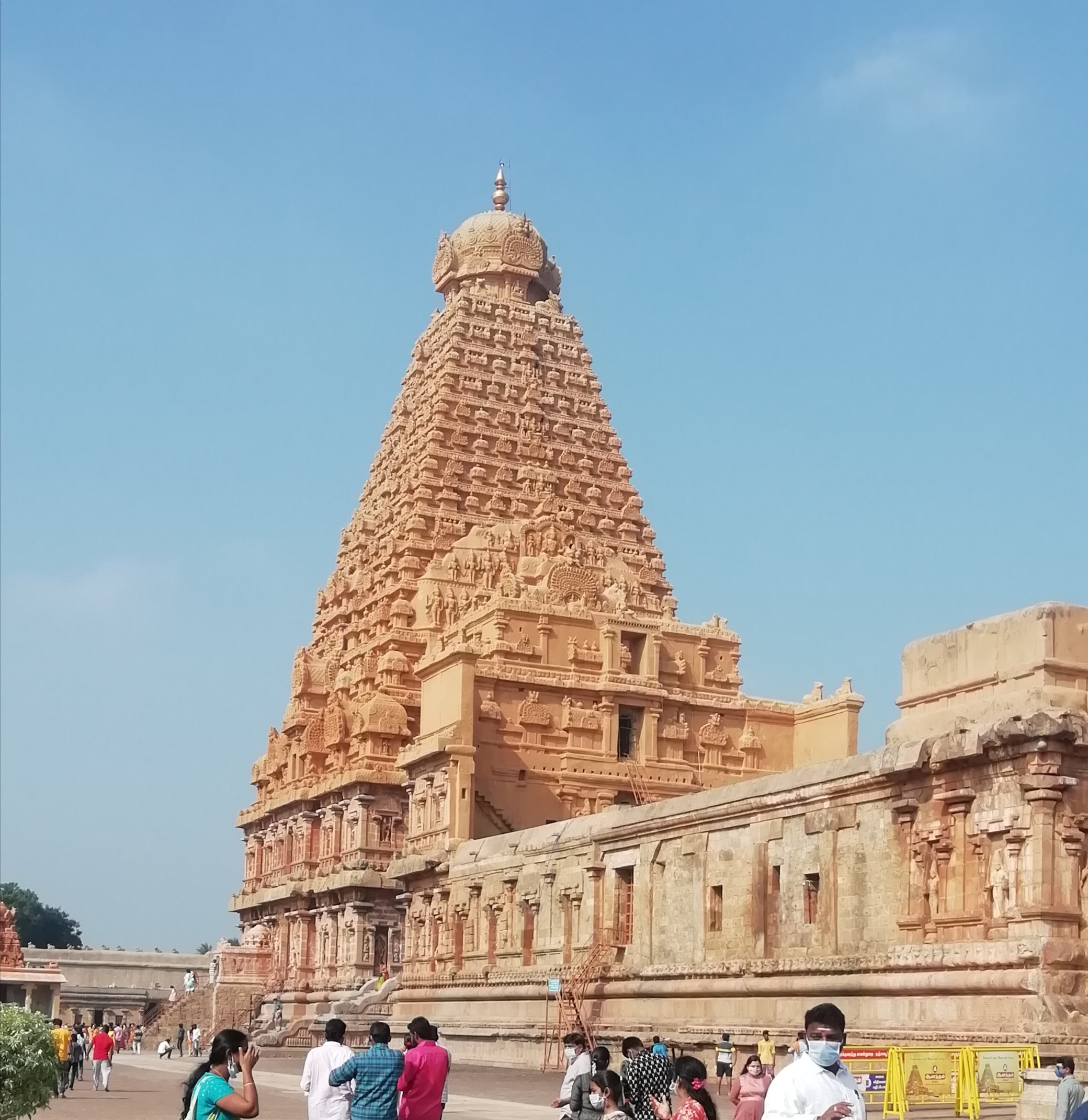Danish Colonial Fort Revealing Tranquebar's Unique European Heritage




The Danish Fort in Tranquebar represents a remarkable chapter in India's colonial history, standing as a testament to European maritime exploration and cultural exchange during the 17th and 18th centuries. Established in 1620 by the Danish East India Company, Fort Dansborg emerged from a strategic agreement with Thanjavur's King Ragunatha Nayak, transforming a small fishing village into a significant trading settlement.
Architecturally, the fort is a distinctive blend of European design and local craftsmanship, featuring trapezoidal walls facing the sea, large columned halls, and high ceilings that reflect the Danish architectural sensibilities transplanted onto Indian soil. Its construction utilized local materials and labor, creating a unique structural representation of cross-cultural collaboration during the colonial era.
Beyond its architectural significance, the fort played a crucial role in maritime trade, serving as a primary trading post for cotton textiles and establishing a critical economic link between Denmark and the Coromandel coast. Though its commercial importance diminished by the mid-18th century, the fort remained the headquarters of Danish colonial interests until its sale to the British in 1845.
The fort's historical importance extends beyond commerce, becoming a pivotal site for early Protestant missionary work in India. In 1706, German missionaries Bartholomäus Ziegenbalg and Heinrich Plütschau arrived, initiating a transformative period of religious and cultural exchange. Ziegenbalg's groundbreaking work in printing the first complete Tamil Bible marked a significant milestone in linguistic and religious scholarship.
Cultural transformation was a hallmark of the Danish presence in Tranquebar. The settlement became a unique space where European and Indian cultures intersected, creating a dynamic environment of trade, social interaction, and intellectual exchange. The fort itself witnessed numerous interactions that went beyond mere commercial transactions, representing a microcosm of intercultural dialogue.
In recent decades, Fort Dansborg has been carefully preserved and transformed into a museum, protected by the Tamil Nadu State Department of Archaeology since 1977. Renovations in 2001 and 2011 have restored its historical integrity, allowing visitors to explore artifacts and relics that narrate the complex story of Danish colonial presence in India.
The fort's significance transcends its physical structure, embodying a nuanced narrative of colonial interaction that goes beyond simplistic conquest narratives. It represents a sophisticated history of cultural exchange, diplomatic negotiation, and mutual adaptation between European traders and local Indian societies.
Today, Fort Dansborg stands not just as a historical monument but as a powerful symbol of cross-cultural interaction, inviting visitors to understand the intricate ways different civilizations have historically connected, traded, and transformed each other's worldviews through peaceful and complex interactions.
Discover more attractions within 50km that might interest you

Chidambaram, Tamil Nadu
Cosmic Dance Temple: Spiritual Heart of Chidambaram's Ancient Legacy

Chidambaram, Tamil Nadu
World's Second-Largest Mangrove Forest: Ecological Wonderland

Gangaikonda Cholapuram, Tamil Nadu
Chola Dynasty's Architectural Marvel Celebrating Shiva's Grandeur